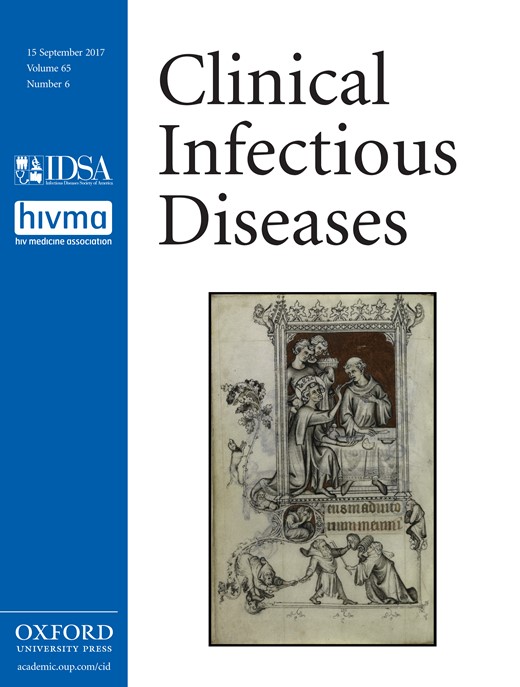-
PDF
- Split View
-
Views
-
Cite
Cite
Didier Raoult, Q Fever: Confusion Between Chronic Infection and Chronic Fatigue, Clinical Infectious Diseases, Volume 65, Issue 6, 15 September 2017, Pages 1054–1055, https://doi.org/10.1093/cid/cix469
Close - Share Icon Share
To The Editor—There is an ongoing confusion between postinfectious subjective syndromes and chronic infection [1]. This is particularly obvious in the context of Lyme disease, which led to conflictual situations between academics, patients’ associations, and a certain number of doctors developing alternative diagnostics [2]. As a matter of fact, chronic infections can be defined by demonstrating both the multiplication of a microbe and the presence of an organic lesion. A great confusion has also arisen in the definition of Q fever when cases with subjective syndromes without evidence of microbial evolution or evidence of focus of infection were qualified as “chronic.” This has generated a controversy between the Netherlands’ team and its new criteria and our team [1, 3]. We have thus been led to give up the term “Chronic Q fever” and replace it by “persistent focalized infection,” which makes it possible to differentiate such cases from persistent subjective syndromes, in which the direct causative role of the microbe is particularly difficult to demonstrate [4]. We have done and realized this because of the ambiguity of the term “chronic infection,” which finally imposed itself despite the fact that we had not measured the consequences of this denomination [5]. Indeed, since the work of Emile Durkheim [6], we know that subjective manifestations can be epidemic without being infectious and offer a new cause to subjective syndrome that may open the way to a new “chronic disease.” The major benefit of the work reported here [1] is that although the infectious hypothesis had already been ruled out for decades [4], this new randomized study confirmed that antibiotics were inefficient at best and harmful at worst, and that only psychological management could improve noninfectious subjective syndromes attributed to an infectious origin. This work justifies establishing clearly in the future that a chronic infection should only be defined by both the persistence of a microbial activity and by the existence of organic lesions and will benefit to the study of Lyme disease and other infectious diseases as well [2]. Subjective symptoms may either have another explanation or fit in the general concept of “chronic fatigue” rather than chronic infection. Chronic fatigue may be so common that in endemic areas for Q fever, coincidence between the 2 diseases may be reported. However, coincidence is not causality, and here as for chronic fatigue, behavioral therapy is better than antibiotics!
Note
Potential conflicts of interest. The author: No reported conflicts of interest. The author has submitted the ICMJE Form for Disclosure of Potential Conflicts of Interest. Conflicts that the editors consider relevant to the content of the manuscript have been disclosed.
References





Comments